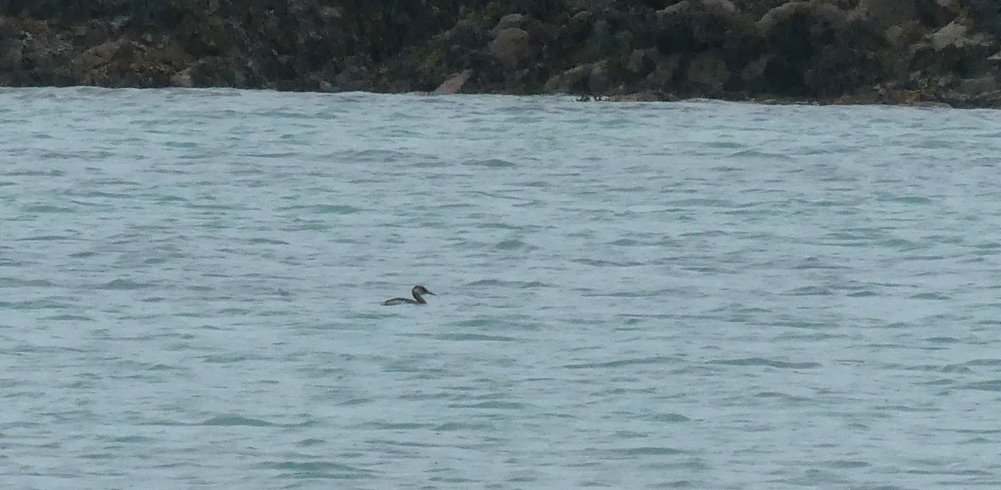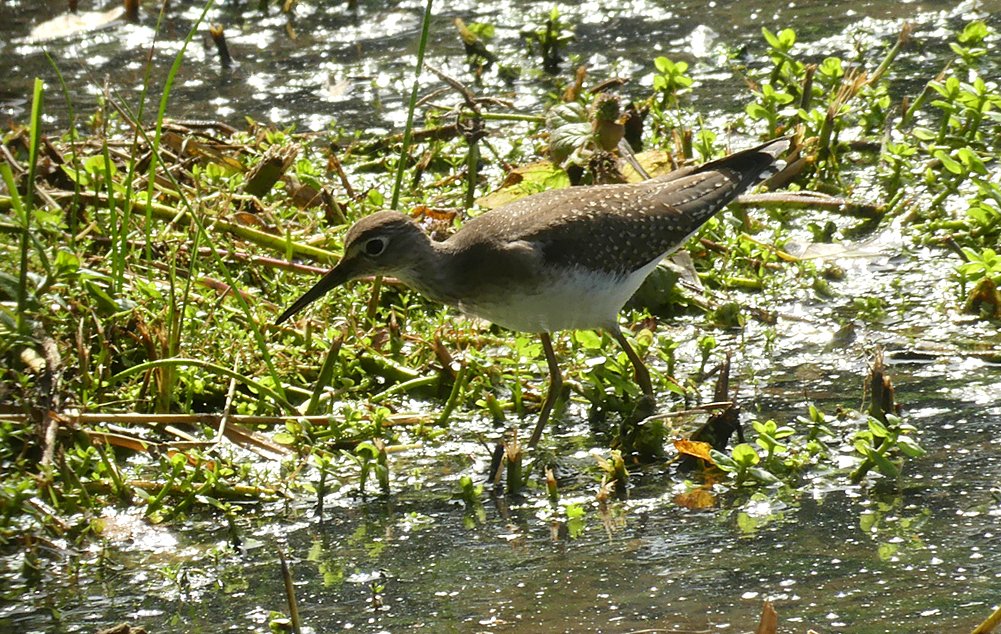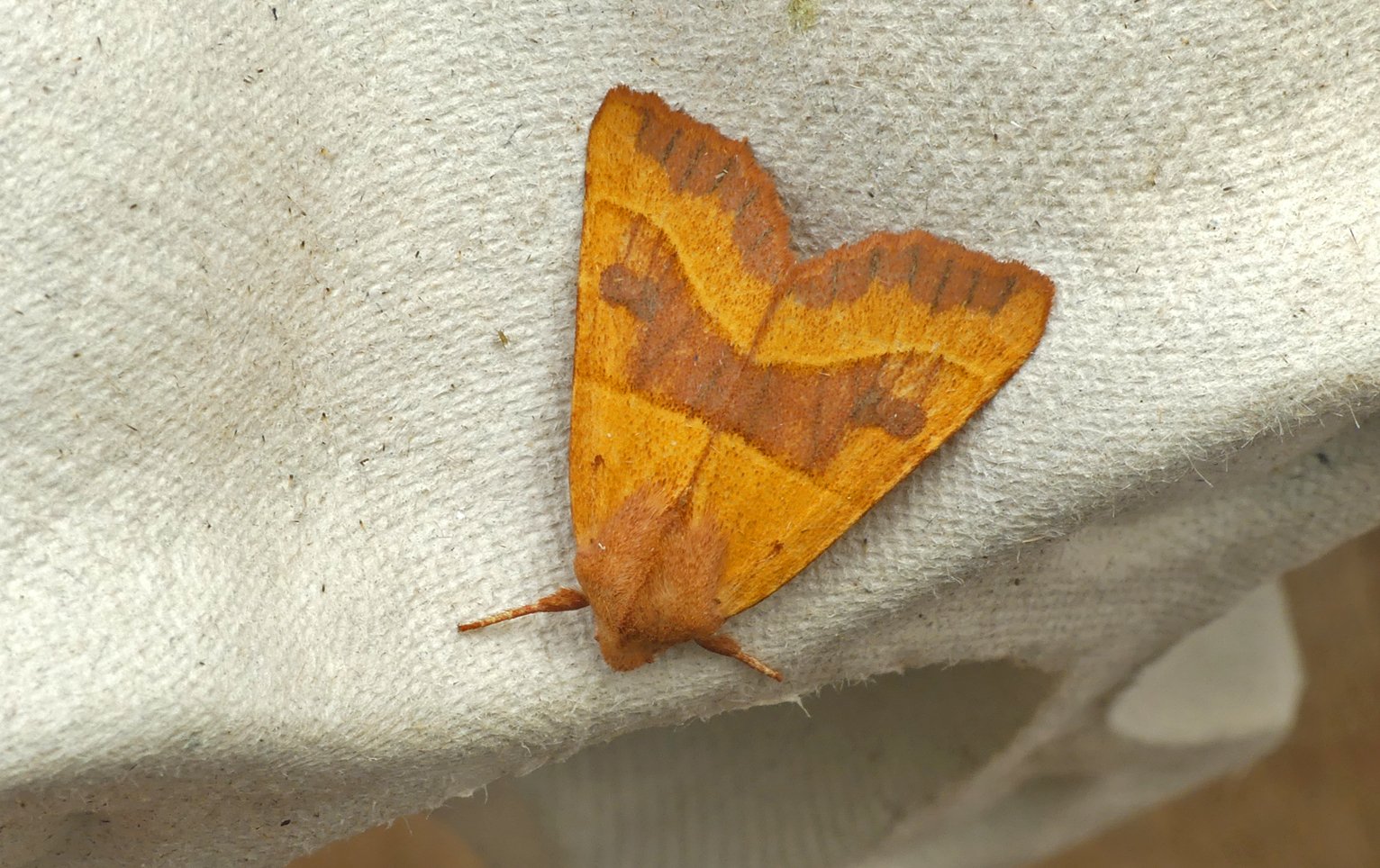October 2023
/October brings visions of yanks and sibes and vagrants from the four corners of the Earth. But nowadays the month doesn’t seem any more likely than any other time of the year to see a rare bird. This October was the poorest I can remember for rarities on the island and I didn’t see a great deal at all. In fact my first recorded sighting at all was over a week into the month when I passed 2 first-winter Common Gulls loafing on the beach at Cobo. Plodding round Pleinmont on 15th did not bring much variety but I did see my first Redwing of autumn and a passage of 50 or so Siskins. Swallows were the most numerous migrants with almost 100 birds moving through during the morning.
Driving home from work in poor weather on 19th I noticed a wee dot swimming in the shallows off Cobo beach. It was interesting enough for me to u-turn and return back to the car park where I ‘scoped a superb Red-necked Grebe - something I was not expecting it to be. It looked like a juvenile/first-winter bird with a very rufous neck and remnants of stripes on the face. It was nice in the scope but it had drifted further offshore and, even walking down to the water’s edge, it was too distant for decent pics. This appears to be the first Guernsey record for four and a half years.
Red-necked Grebe - Cobo, 19 Oct 23.jpg
Red-necked Grebe - Cobo, 19 Oct 23.jpg
Even though the final week was half-term week, I didn’t get out much due to the abysmal weather which seemed to be a feature of late autumn. I hit Pleinmont on 25th but the best bird seen was actually from the car whilst driving there as a Short-eared Owl flew inland over Albecq. The rest of the migrants on the headland were just the usual species with hardly any “winter” migrants noted at all. The rest of the week was just the odd Wheatear and Black Redstart - v. poor.
On Monday 30th October I was back at school and called in at Fort Hommet on the way home. As I walked towards the marshy area opposite Crabby’s I noticed what looked like a larger pipit fly across from the headland, into the long grass. I crept closer with my sound recorder on and the bird came up and flew further along calling a sparrow-like “shreep”. It walked into view and I could see it was a Richard’s Pipit. It flew up again and circled me a couple of times before flying out over Vazon Bay never to be seen again. Luckily I got a brief pic and a recording. Richard’s Pipit used to be expected on the island each year but records seem to have declined. There was a single Guernsey last Autumn, but you have to go back to spring 2017 for the previous sighting. the last time I saw one was in September 2015 and, before that, 2010.
Richard's Pipit - Vazon/Ft. HomMet, 30 Oct 23
Richard's Pipit - Vazon/Ft. HomMet, 30 Oct 23
The poor weather meant I only had one moth trapping session during the month and I didn’t see much else insect-wise. In a brief sunny window at Rousse one afternoon, a strange butterfly fluttered around the grass by the hotel. I finally realised it was one of those odd “helice” Clouded Yellows where the yellow is replaced by white. I had not seen one of these for a while, and I was especially surprised by the upper hindwing which was a dark dusky grey with an orange spot (can be seen on the lower photo).
‘helice’ Clouded Yellow - Rousse, 27 Oct 23
‘helice’ Clouded Yellow - Rousse, 27 Oct 23
‘helice’ Clouded Yellow - Rousse, 27 Oct 23
Firecrest - LBHS, 30 Oct 23 - found by some students in the courtyard at work. It didn’t look obviously injured and I tried roosting it overnight but, Unfortunately, it didn’t survive.
Pleinmont devoid of migrants.




































